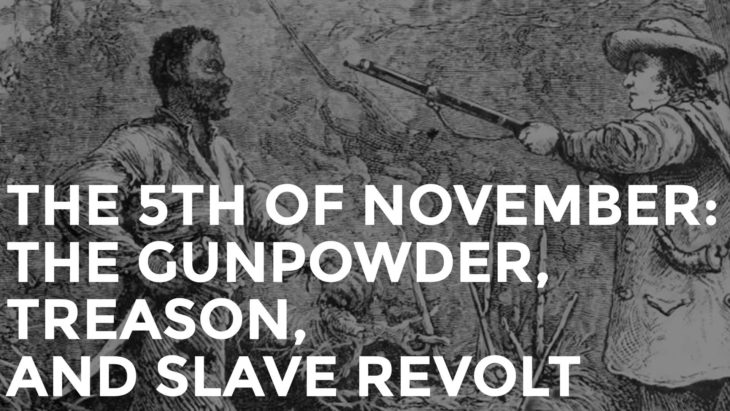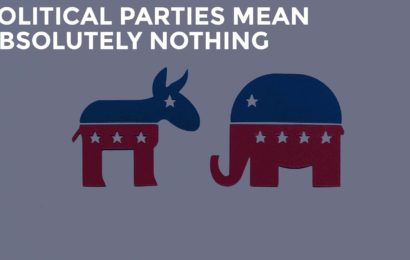
The 5th of November: The Gunpowder, Treason, and Slave Revolt
Slavery is not a natural condition, despite what American slaveholders said. Even the most benign enslavement had to be enforced with a network of laws, armed vigilantes, armed law enforcement, and military action. From the moment they come struggling into the world, human beings long to be free. The fiction of the “happy slave” had to be invented to convince the wider, white public that American slaves didn’t actually long for that which everyone desires. From time to time, in fits of orgiastic massacre, the fiction was proven a lie. Nat Turner’s slave revolt is the most notable example.
Nat Turner, called “Prophet”
Nat Turner was born in Southampton County, Virginia on October 2, 1800. He was born enslaved and spent his entire life in Southampton. He learned to read and write at a pretty early age, a remarkable achievement for a slave. He would read the Bible and preach sermons to other enslaved people. His sermons were so charismatic and engaging that he became known as “The Prophet.”
Throughout his life, he also experienced visions he believed to be from God. In 1821, he escaped from slavery and hid out in the Southampton woods. Eventually, he received a vision instructing him to return to his “earthly master.” Not a man to reject a vision from The Almighty, Nat returned. A few years later, he heard a loud noise from heaven and the voice of God telling him that Jesus was about to throw off the yoke He had carried for humanity’s sins and Nat should pick it up.
Nat Turner Leads a Slave Revolt
On February 12, 1831, Nat Turner saw a solar eclipse over Virginia. As all aspiring prophets do, he assumed this was a sign for him to take action. With a band of about 70 free black folks and escaped slaves, he set out to “kill all white people.” Turner interpreted his mission as fighting on behalf of the Kingdom of God (all aspiring prophets do) against a kingdom of wickedness. Turner and his rebels went house to house freeing slaves and killing every white person they could catch. This included women and children. Turner openly admitted that he wanted to initially shock and terrify white people.
In that goal, he was successful. White Americans from Virginia to Alabama were so shocked and terrified that they began inventing stories of widespread slave revolts. They imagined armed bands of escaped slaves marching on state capitols, murdering women in their homes, and seizing highways. These were all fabrications but the terror was real.
In Nat Turner’s slave revolt, 60 white people were killed. Over 120 black people were killed, though most of them likely had no involvement in the rebellion. As panic spread throughout the South, untold hundreds of black people were killed by slave patrols, militias, and armed white citizens.
November 1831
On October 30, 1831, after the rebellion, Nat Turner was discovered hiding in a ditch. He was tried on November 5 and convicted. He never denied his involvement or tried to downplay the massacre. Jesus Christ had also faced a conviction and execution; Nat Turner, imagining himself as the man who picked up Jesus’s yoke, would face a similar fate.
He was executed by hanging on November 11. He was then skinned so that his skin could be used to make purses (gross). It’s not known what happened to his body.
A slave revolt was undoubtedly a justified reaction to one of the cruelest practices to take place in this hemisphere. However, the murder of women and children was a barbarous, evil act committed in the context of a barbarous, evil regime.
When God spoke to Nat Turner, He must not have mentioned 1 Thessalonians 5:15. “See that no one repays another with evil for evil, but always seek after that which is good for one another and for all people.”
Nat Turner was not alone in his rage, though. After having been slapped in both cheeks, many slaves grew tired of turning.






